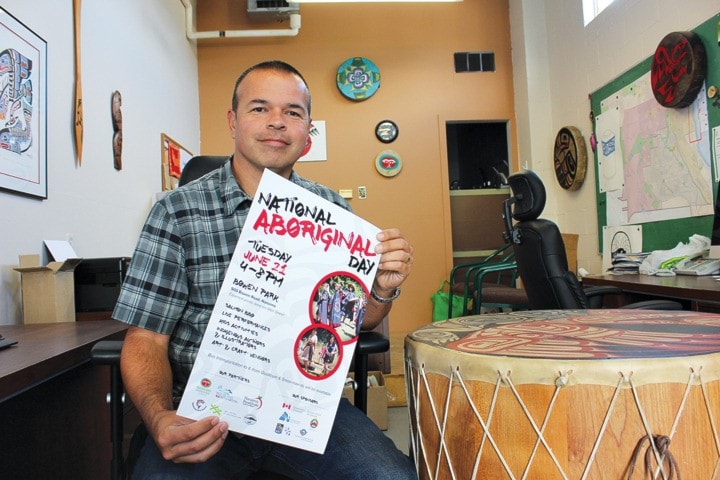A number of Nanaimo schools are teaching the Snuneymuxw traditional language, known as Hul’qumi’num, in an effort to preserve an important part of the region’s culture and history.
For the past nine years, the Nanaimo school district has been supporting the teaching of Hul’qumi’num. The language is taught at nine schools in the district.
Laura Tait, director of instruction for the Nanaimo school district, said language is a huge component of any culture, adding that it is extremely important to ensure that indigenous languages and culture aren’t lost.
“Language is culture; culture is language. Any first peoples, probably across the world, but especially for Canadian first peoples, our world view is how we relate to earth,” Tait said. “To really understand aboriginal peoples, which I believe everyone in this country should ... you’re going to often do that through culture and language.”
The school district has two teachers who are qualified to teach Hul’qumi’num and are looking to add more. Students in high school can take Hul’qumi’num as a class and earn credits and the language is available to all students enrolled in elementary or intermediate schools that offer the language course.
According to Tait, Bayview Elementary School has requested not to teach French and instead teach Hul’qumi’num as the second language.
“We are trying to build a sense of collective ownership in this district,” Tait said. “What’s good for aboriginal students is good for all students. Our future leaders of our city, our province and our country need to be just as knowledgable about aboriginal perspective, the history and all of those pieces.”
In recent years, there has been a growing sense of urgency to begin preserving indigenous languages across Canada as many of those who speak these traditional languages are dying.
Beaton said that due to previous government policies, such as the residential school system, many First Nations communities have lost or are rapidly losing the ability to speak and understand their traditional languages.
“We are losing our speakers every month, every year,” Beaton said. “We lose more and more of our fluent speakers and in many cases those are the last of those speakers in those traditional languages.”
The Hul’qumi’num language falls under the Salish language family category and according to Stats Canada only 2,950 people could speak a Salish language in 2011.
“If you lose the ability to speak traditional languages, if you lose the ability to connect with traditional territories, what does that do to that culture? I think it starts to diminish it and I think it starts to disappear and so that’s why there is such an importance and a focus on retaining all aspects of culture and rebuilding all aspects of culture,” Beaton said.Story continues below
Above: The number of people in British Columbia who spoke an indigenous language in 2011 according to Statistics Canada's census data from that year.
Beaton is very pleased with the effort being made by the Nanaimo school district, but noted that there are other First Nations, including the Kwakwaka’wakw, Nuu-chah-nulth and Metis who are hoping to have their languages incorporated into the school system in some capacity.
“There is lots of work to be done,” he said. “But we are moving in the right direction.”
The aboriginal centre will be hosting the third annual National Aboriginal Day celebrations on Tuesday (June 21) at Bowen Park beginning at 4 p.m. The annual event is about creating friendships, building community and showcasing First Nations heritage and culture.
